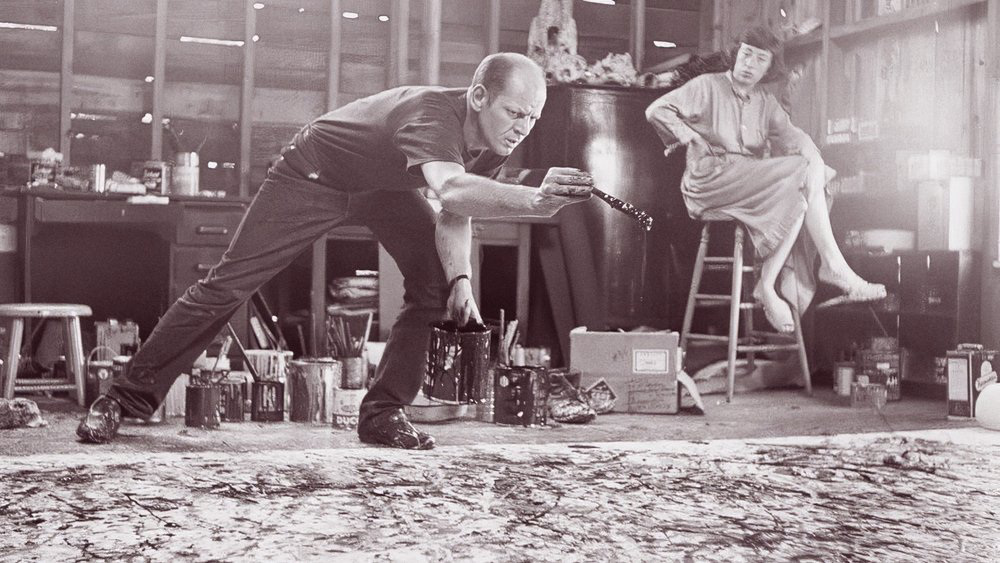
Summer in the Hamptons: an airy phrase that evokes sweeping beachscapes and verdant lawns. Yet the summer months out East can reach near-Manhattan levels of frenzy, packed with bonfires, garden parties, and snaking lines for anything from beach parking to a lobster salad to go. This brew of balmy ennui and high-octane activity reaches its ultimate expression in the form of Hamptons fashion. Back in 1979, Cosmopolitan gushed over the East End’s masterful mix of opulence and understatement. Today, its various aesthetic lineages have been replicated around the world.
Here, CULTURED breaks down the origins of the looks that define America’s most exclusive escape.
THE ARTIST UNIFORM
Amid the stiff blue blazers and golf attire of the mid-century country club set, artists like Jackson Pollock and Helen Frankenthaler injected the Hamptons with a casual, and at times quirky, functionality. Photographed in his Springs studio in 1950, Pollock wore the plain crewneck undershirt, jeans, and loafers that were practically his uniform—caked with paint if he had been working, and well suited for riding the bicycles he and his wife, fellow artist Lee Krasner, favored when money was tight. Today, this insouciant aesthetic has become so ascendant even among the area’s highest rollers—Christie Brinkley, Sarah Jessica Parker, and Alec Baldwin—that it hardly clocks as a bohemian style.
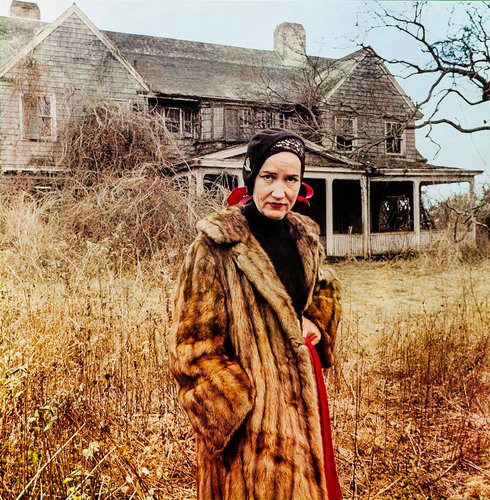
LANGUOROUS LOUNGEWEAR
Big and Little Edie were already East End lore when Grey Gardens, a documentary about the socialite mother-daughter duo by the legendary Maysles Brothers, came out in 1975. In the decades since, the astonishment that Jackie O.’s own aunt and cousin lived in squalor in an East Hampton mansion has morphed into a fascination with Little Edie’s scrappy aristocratic sensibilities. In the film, she lazes about in the remnants of her designer wardrobe, whimsically repurposing silk scarves as headwraps, a fur coat as a robe, and a crocheted throw fastened with brooches as a skirt. Her blurring of the luxurious and the louche remains a mainstay of East End fashion, even upheld by Grey Gardens’s current tenant: designer Liz Lange. Loose, breezy caftans in rich fabrics that could be confused for nightgowns; silky pajama sets in floral and ikat prints, worn with heels or a swath of gold accessories, as Gwyneth Paltrow did at one Goop event in Amagansett—these are the pasteurized progeny of Little Edie’s legacy.
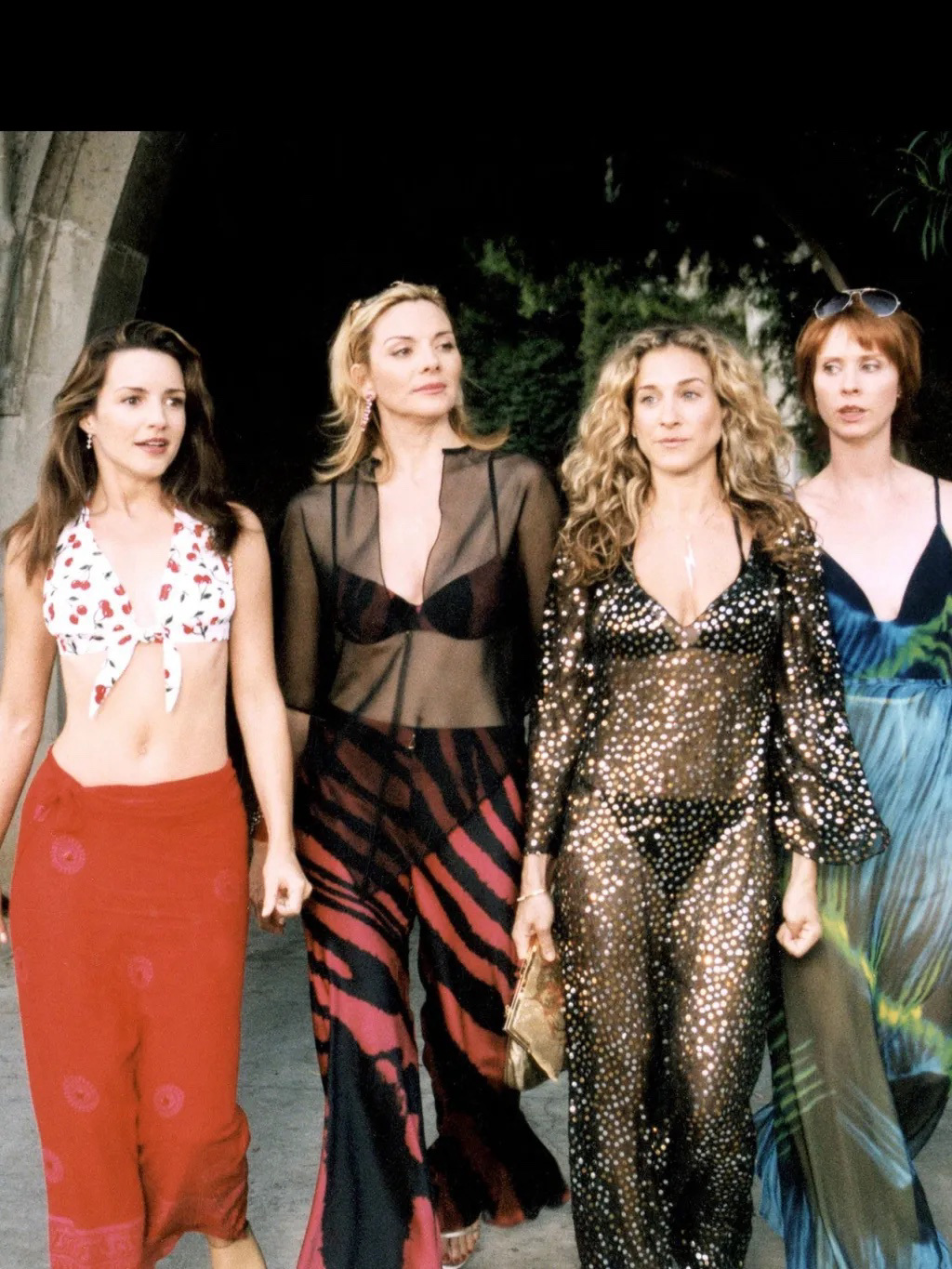
LESS IS MORE
Once upon a time in the 1970s, a new species appeared en masse on an Amagansett beach: singles. These upwardly mobile young people spent summer days flirting and tanning before heading back to the “grouper homes” where they rented a room, or a bed, for the weekend. According to the New York Times, a “skimpy bikini” was the outfit of choice for the women of this scene, a stark contrast with the heavily adorned swimwear it supplanted. Showing skin stuck. Sag Harbor designer Shoshanna Gruss’s cherry-print bikini is one iconic example: Released in 2001 and immortalized on Sex and the City, it’s synonymous with the casual summer fling.
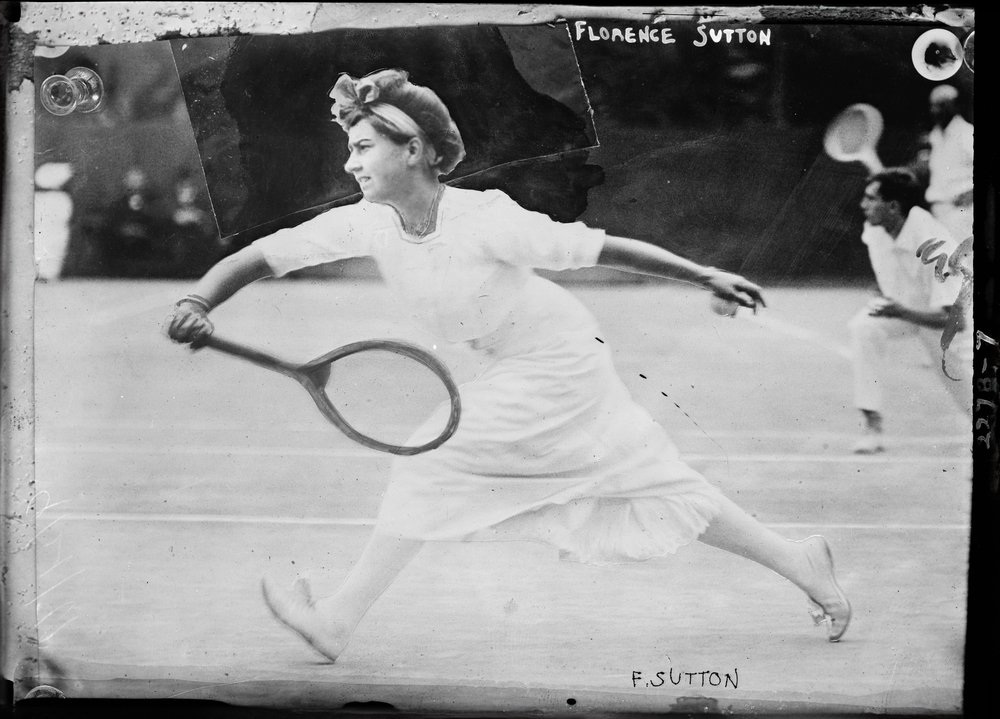
WHITE-OUT
Billionaire Michael Rubin’s lavish “white parties,” which attract the likes of Kim Kardashian, Tom Brady, and J.Lo to his Bridgehampton mansion, are the most recent example of a monochrome mandate that’s infiltrated the Hamptons for centuries. Tennis may be at the root of the dress code’s popularity out East: Exclusive tennis clubs founded in the 1800s, like Southampton’s Meadow Club, enforced strict dress code regulations—to keep players cooler and mask unsightly sweat—long after other spots around the country relaxed them. It’s no surprise that head-to-toe white, signaling the sort of spotless ease often associated with affluence, is still one of the East End’s signature looks.



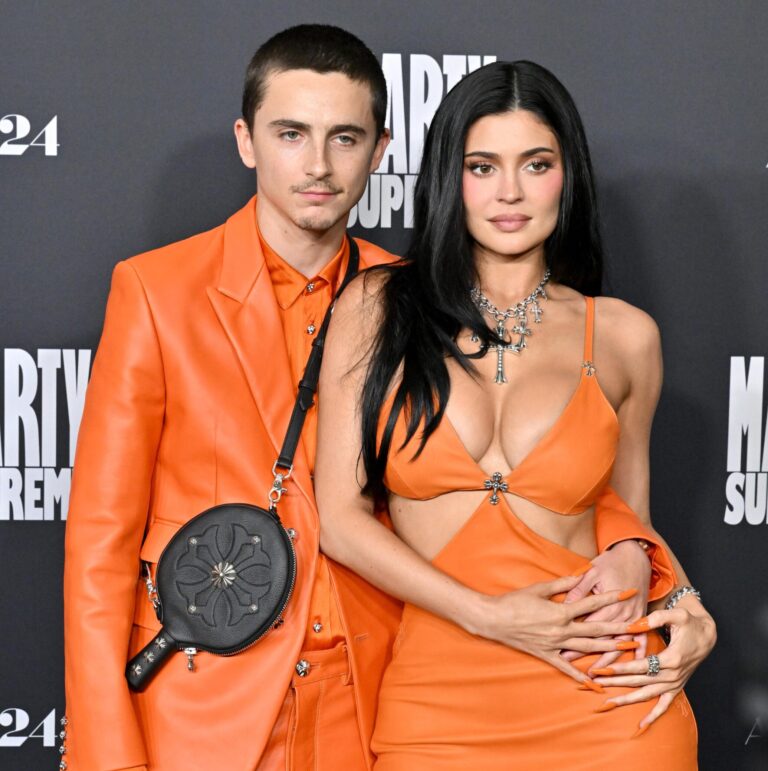

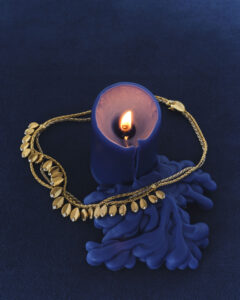
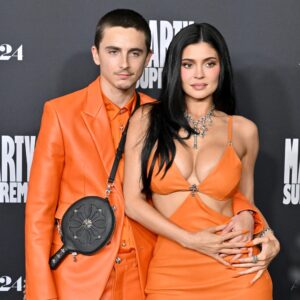



 in your life?
in your life?

